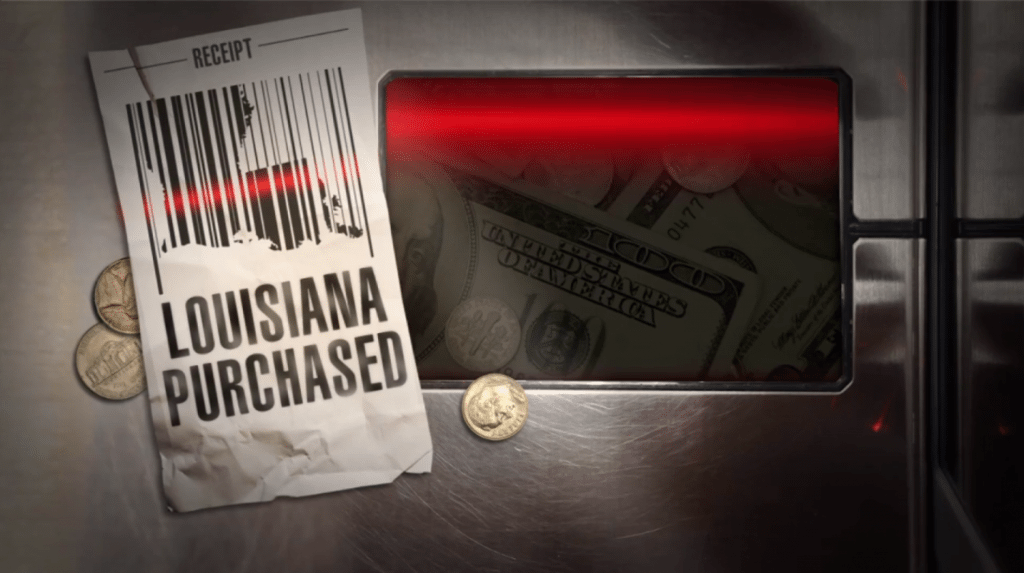 Add another plaque on the wall for New Orleans investigative reporter Lee Zurik of WVUE. His series Louisiana Purchased, co-produced with the Times-Picayune’s NOLA.com, just won IRE‘s small-market broadcast award. The investigation of campaign finance in Louisiana “exposed…direct influence peddling going on across the state,” the judges wrote. The station has aired at least 40 stories in the series, which has been going on for more than a year.
Add another plaque on the wall for New Orleans investigative reporter Lee Zurik of WVUE. His series Louisiana Purchased, co-produced with the Times-Picayune’s NOLA.com, just won IRE‘s small-market broadcast award. The investigation of campaign finance in Louisiana “exposed…direct influence peddling going on across the state,” the judges wrote. The station has aired at least 40 stories in the series, which has been going on for more than a year.
“It’s challenging coordinating efforts with two separate entities,” Zurik told me by email, not to mention two separate websites. WVUE stories aired during the 10 p.m. newscast and went live online at the same time on both Fox 8 live.com and the newspaper’s website. The paper published its stories the next morning.
What made it work? Communication and trust, Zurik says. “This has been a huge project with many moving parts so constant communication is important.” And trust is essential, he says, when competitors collaborate.
We’ve written about Zurik’s award-winning work before and shared his tips for investigative reporters. But one of the most impressive elements of the Louisiana Purchased series is the rich multimedia content, put together by WVUE investigative producer Tom Wright, a 25-year TV news veteran.
Most of the visualizations were built using Tableau–no coding required. Wright says there’s definitely a learning curve to begin working with the software but once you know what you’re doing and you have a clean data set, you can produce an interactive graphic like the one below in a couple of hours.
Why bother? “You owe it to your public to shine a light on the raw numbers that your story is centered on,” Wright says. All it takes a commitment to put more on the Web than text and video clips. Speaking from his own experience, Wright argues that “even a single producer can add value-added content.”
One lesson learned about how best to share that content: When the series began, each interactive had its own page with a link from the main story page. “We didn’t get the click-throughs we were hoping for,” Wright says. Now, the visualizations are embedded in the related story page, and Wright says the traffic numbers show users are spending more time on those pages, most likely exploring the data.
“New Orleans is a mid-sized market,” Wright says, “and if we’ve been able to do this there’s no stopping any TV station from doing the same.”








